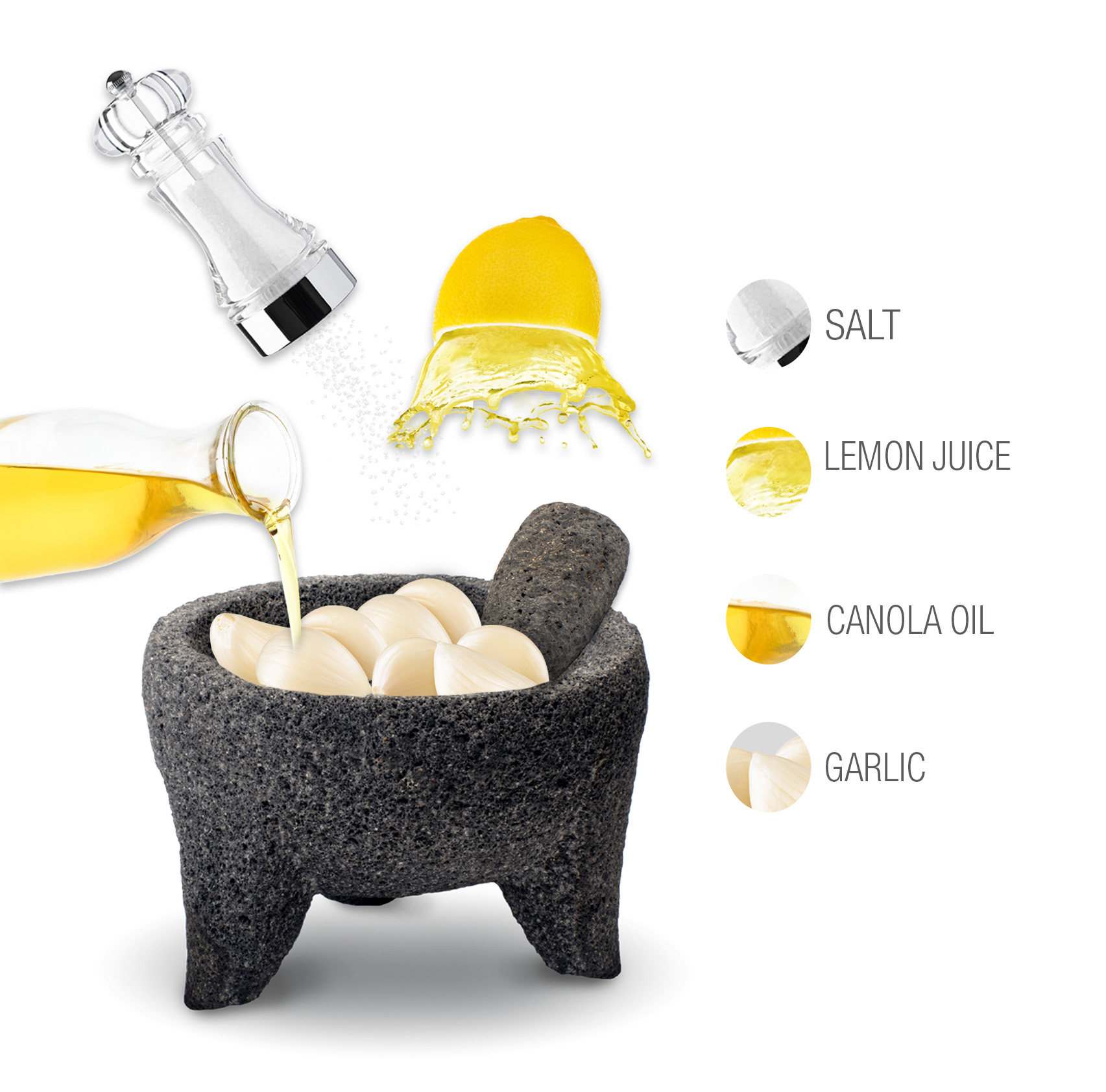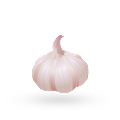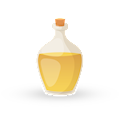MAIN INGREDIENTS
Toum is an authentic Lebanese and Syrian garlic paste. It is made with whole garlic cloves, which are slowly crushed using a mortar and pestle, or nowadays simply ground in a food processor. During this process, oil (preferably neutral oil such as canola, or the flavorful olive oil) is gently added to create a homogeneous garlic paste with an unusual, fluffy texture.
Finally, salt and lemon juice are added to the mix, giving the paste a salty flavor and ivory color. Toum is used for marinades, sauces, and dips, and can enrich any meal. It is usually combined with chicken in traditional dishes such as roast chicken, chicken skewers or chicken shawarma, but is also commonly combined with beef, lamb, or goat meat.
Serve with
MAIN INGREDIENTS
Lunumiris is a flavorful Sri Lankan staple that is traditionally served as a condiment accompanying egg hoppers, a typical breakfast dish. In Sinhala language, lunu means onions, while miris means chili, referring to the two ingredients used to make this spicy condiment.
The paste is usually combined with salt, pepper, lime juice, and Maldive fish, and the mixture is then ground using a mortar and pestle. Once prepared, the condiment can be served immediately with a variety of dishes, or it can be refrigerated for up to one week.
Hummus kawarma is a traditional version of hummus. In order to prepare it, freshly made hummus is topped with fried pieces of lamb. The hummus is made from chickpeas, tahini, lemon juice, crushed garlic, and cold water, while the kawarma consists of chopped lamb, white vinegar, olive oil, and spices such as pepper, allspice, cinnamon, nutmeg, oregano or za’atar, mint, and parsley.
Once prepared, hummus kawarma is often garnished with chopped parsley and toasted pine nuts.
MAIN INGREDIENTS
This internationally popular, beige-colored spread is traditionally made with mashed chickpeas, tahini sesame paste, lemon juice, and garlic. People across the world love hummus for its tangy flavor and the fact that it is filled with nutrients.
When served, it is typically dressed with a drizzle of olive oil, and is then used as a dip for vegetables or a flavorful filling for flatbreads such as pita. Even today, not much is known about its origins, although the earliest mention of hummus dates back to 13th-century Egypt.
VARIATIONS OF Hummus
MOST ICONIC Hummus
View moreMAIN INGREDIENTS
Mutabal is a Middle Eastern dip that's usually made with a combination of roasted eggplants, tahini, lemon juice, garlic, yogurt, olive oil, and salt. The ingredients are blended or mashed together until the dip develops a desired consistency, either smooth or a bit more coarse.
Once prepared, mutabal can be garnished with parsley, pomegranate seeds, or cilantro on top. If desired, onions can also be added to the mixture. It is recommended to serve mutabal as a part of a meze platter with pita bread on the side.
MAIN INGREDIENTS
Nam phrik phao is a versatile Thai concoction and a secret ingredient in numerous Thai dishes. It is made with a combination of roasted chili peppers, dried shrimp, garlic, shallots, ginger, fish sauce, tamarind paste, fermented shrimp paste, and palm sugar.
It can be used as a sauce, condiment, a dip, or a spread, along with being used in a number of different dishes as a cooking ingredient.
Hummus Beiruti is a Lebanese version of hummus, the famous chickpea-based dip. This version adds a large amount of garlic and spices to it. It’s usually made with a combination of chickpeas, olive oil, garlic, yogurt, tahini, cold water, cumin, lemon juice, chili peppers, chopped parsley, and paprika.
Once prepared, this hummus version is plated and garnished with a drizzle of olive oil, chopped parsley, and mint leaves. Hummus Beiruti is served with freshly baked pita or lavash flatbread.
Haydari is a Turkish meze dip that is usually made with thickened yogurt, garlic, and fresh herbs such as dill, paprika, mint, and basil. The dip has a thick texture and a tangy flavor. It is recommended to serve it chilled with pita bread, vegetables, or meat kebabs.
MAIN INGREDIENTS
Coriander chutney is a traditional chutney made with chopped fresh coriander leaves as the main ingredient. Other ingredients usually include ginger, green chili peppers, lemon juice, cumin powder, water, and salt. There are many coriander chutney variations made with different additional ingredients such as yogurt, sugar, and mango powder.
The ingredients are blended until smooth or chunky, and the chutney is then usually served as a spread or a dip, but it's also used as an ingredient or condiment to prepare Indian chaat dishes such as bhel puri or sev puri. It is believed that the best coriander chutney has flavors that are spicy and tangy.
Baba ghanoush is a Middle Eastern dish that's mostly associated with Lebanon (although it's origins are also connected to Syria and Jordan), and it consists of roasted and puréed eggplants, garlic, olive oil, lemon juice, and tahini, with the occasional addition of mint, onions, and various spices.
Its name comes from the Arabic phrase baba gannuj, where baba means father or daddy, and gannuj means pampered or spoiled, referring to a supposed invention of baba ghanoush by a member of a royal harem.
TasteAtlas food rankings are based on the ratings of the TasteAtlas audience, with a series of mechanisms that recognize real users and that ignore bot, nationalist or local patriotic ratings, and give additional value to the ratings of users that the system recognizes as knowledgeable. For the “Top 60 Asian Dips” list until April 15, 2025, 8,559 ratings were recorded, of which 3,192 were recognized by the system as legitimate. TasteAtlas Rankings should not be seen as the final global conclusion about food. Their purpose is to promote excellent local foods, instill pride in traditional dishes, and arouse curiosity about dishes you haven’t tried.




































































